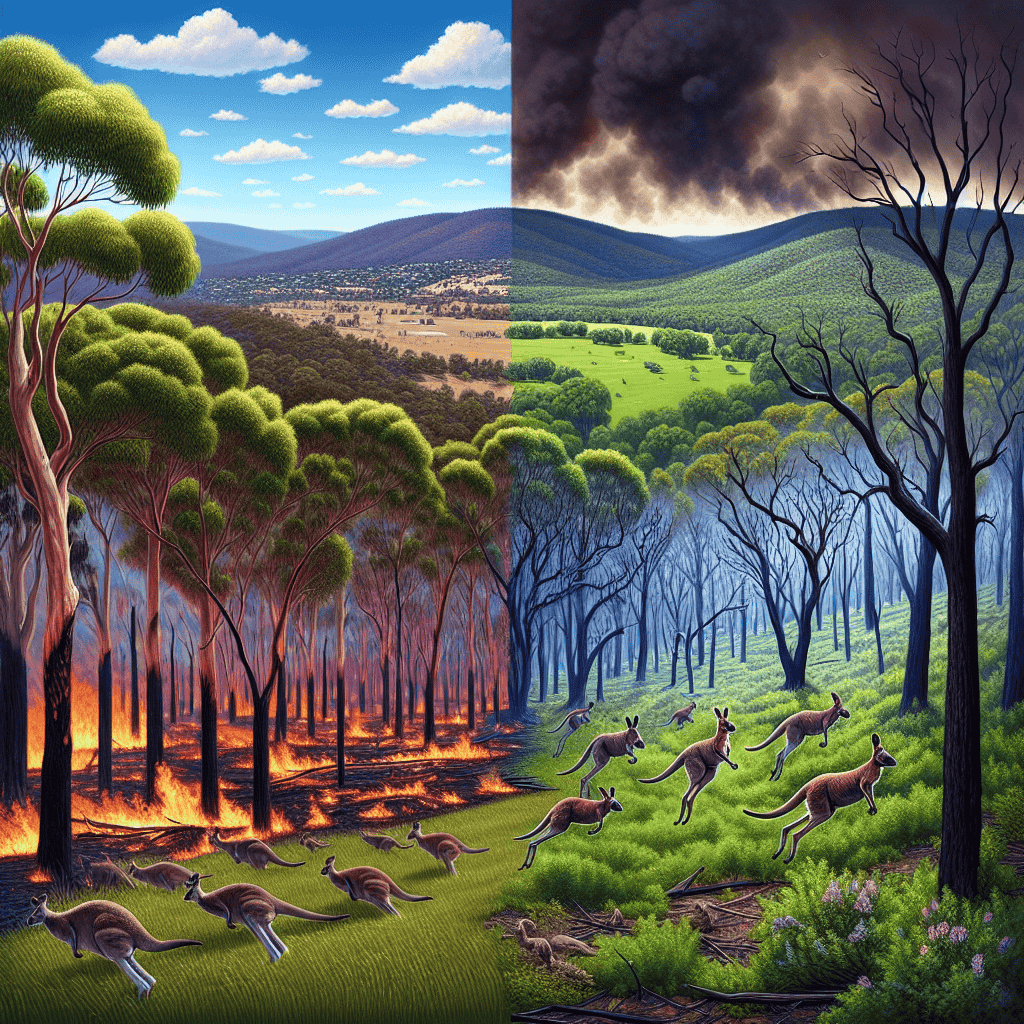The Canberra bushfires of 2003 stand as one of Australia’s most devastating disasters. This event scorched the landscape, destroyed homes, and drastically altered the lives of thousands of people in the nation’s capital. However, as devastating as the fires were, they also served as a critical wake-up call for how communities, governments, and emergency services think about and prepare for disasters. Today, we’ll explore the lessons from this tragic event and how it reshaped preparedness in Australia and beyond.
What Happened During the Canberra 2003 Fire?
In January 2003, Canberra experienced one of the hottest and driest summers on record. Multiple lightning strikes ignited bushfires in the mountains west of the city, and strong winds pushed the fires closer to suburbs. On January 18, known as “Black Saturday,” the fires reached populated areas, resulting in:
- 4 fatalities
- 500 homes destroyed
- 230 injuries
- Significant damage to infrastructure and natural ecosystems
The firestorm was fueled by temperatures of around 40°C, low humidity, and high-speed winds, combining to create the perfect storm. By the time the flames were extinguished, more than 160,000 hectares of bushland had been incinerated.
The Impact of the Fire
On Communities
The emotional and psychological toll of the fire was immense. Many families lost everything they owned, and the trauma of evacuating with little to no warning lingered for years. Entire neighborhoods were left unrecognizable, causing a sense of disorientation and grief in survivors.
On Emergency Services
For local fire and emergency services, the fire revealed glaring weaknesses in preparedness and communication. Resource shortages, a lack of coordination, and insufficient public awareness were significant challenges during the crisis.
On the Environment
The fires devastated Canberra’s natural landscapes. Over half of Tidbinbilla Nature Reserve and around 70% of Namadgi National Park were burned. The loss of wildlife, native flora, and carbon sinks impacted biodiversity for years.
Key Lessons That Emerged
Despite the tragedy, the Canberra 2003 fire offered valuable lessons that have since influenced bushfire preparedness and emergency response strategies.
1. The Importance of Early Warnings
The Canberra fire highlighted the critical need for timely and accurate warnings for residents. Since 2003, Australia has invested heavily in modern early warning systems, including:
- Emergency Alert Text Messages: Notifications sent directly to mobile phones in affected areas.
- Public Awareness Campaigns: Ongoing education on how to respond to bushfire threats.
- Improved Weather Forecasting: Advanced technology to predict fire risks more accurately.
2. Community-Led Preparedness Is Vital
The fire underscored how essential community efforts are in disaster prevention and response. Neighborhoods that had worked together to prepare—clearing vegetation, creating evacuation plans, and staying informed—fared better than unprepared communities. This led to greater focus on initiatives like:
- Community Bushfire Groups: Residents teaming up to reduce risks.
- ‘Street Meets’ or Preparedness Gatherings: Groups sharing tips and plans.
- Emergency Drills: Practicing evacuation routes and responses.
3. The Need for Better Urban Planning
The Canberra disaster revealed that urban areas bordering bushland faced significant risk. Since then, councils have implemented changes such as:
- Defensible Space Requirements: Ensuring a safe distance between homes and vegetation.
- Improved Building Codes: Mandating fire-resistant materials in bushfire-prone regions.
- Land-Use Planning: Strategizing locations of developments to minimize exposure.
How Preparedness Has Transformed Post-2003
Government Action
Following the fires, the Australian government launched inquiries to examine the failures that occurred and create a blueprint for progress. The ACT Bushfire Inquiry highlighted the need for better inter-agency communication and boosted funding for bushfire research and response capabilities. Here are some of the changes that took place:
- Increased Funding: More resources were directed to state fire departments and services.
- Technology Enhancements: Improved satellite imaging and drones to monitor fire risks.
- Policy Revisions: Formation of national bushfire policies promoting collaboration.
Stronger Focus on Resilience
The 2003 fires taught Australians the value of resilience—not just in infrastructure but also in people. Programs now include mental health resources for survivors, community workshops, and support for first responders.
Public Engagement
Communicating directly with the public has become a cornerstone of fire management. Social media, radio, and text alerts empower people to take action early, saving lives and reducing property losses.
Lessons for the World
The lessons from Canberra’s 2003 tragedy haven’t just impacted Australia—they’ve influenced global approaches to disaster management, including in regions prone to wildfires like California, Canada, and Europe. These takeaways include:
- The Role of Technology: Using apps, satellite data, and real-time maps to track fires.
- Community Involvement: Grassroots preparedness practices have been adopted internationally.
- Urban Planning Considerations: Prioritizing defensible space and fire-resistant construction in at-risk regions.
Conclusion
The Canberra 2003 bushfire was a tragic chapter in Australia’s history, but it left behind invaluable lessons about resilience, preparation, and the power of community. While we can never completely eliminate the risk of natural disasters, we can prepare ourselves better for when they strike. By learning from past failures and adapting to new challenges, we can continue to build safer, stronger communities capable of weathering even the fiercest storms.
As we move forward, let Canberra’s experience remind us of what humans are capable of achieving when they work together—because at the heart of any disaster recovery is people helping people.
“`


